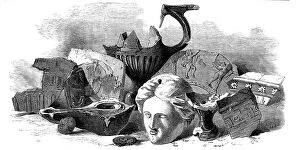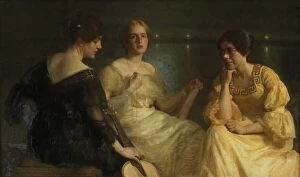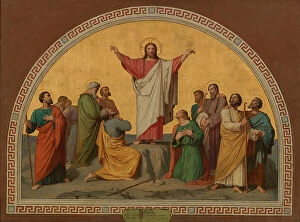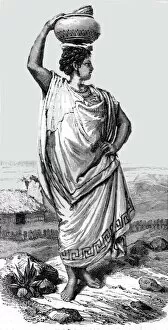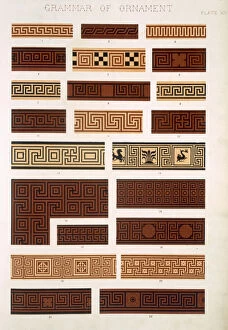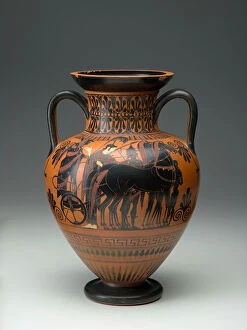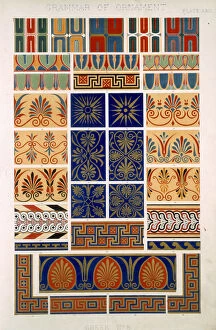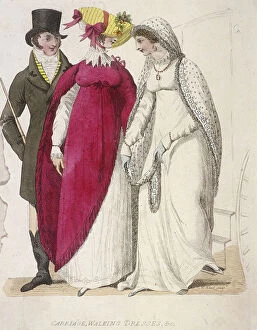Greek Key Collection
Explore the timeless allure of the Greek Key design, a captivating motif rooted in ancient history
For sale as Licensed Images
Choose your image, Select your licence and Download the media
Explore the timeless allure of the Greek Key design, a captivating motif rooted in ancient history. From Na Rafaela's zigzag journey through Mexico in 1875, as depicted by Thomas Mayne Reid, to the enigmatic Gazzangia piece from the mid-19th century, this decorative pattern has traversed continents and centuries. Its origins can be traced back to the ancient Greeks, as evidenced by the Olpe vase from the 4th century BC, showcasing the Greek Key design in glazed ceramic clay with added white paint. The pattern continued to inspire artists and artisans, as seen in the intricate black-figure ceramics of the 5th century BC, such as the Neck Amphora. Fast forward to the 19th century, and the Greek Key design graced the pages of Owen Jones' "The Grammar of Ornament, " with Plates XV and XXII showcasing its versatility. The design even made its way into fashion, with a girl elegantly dressed in a Greek-inspired gown, and into home decor, as seen in the Kangxi period table with its lacquered wood and hemp cloth. The Greek Key design continues to captivate us today, as two women in walking dresses are accompanied by a man in an 1810 painting, and the mystery of its origins only adds to its enduring appeal.

